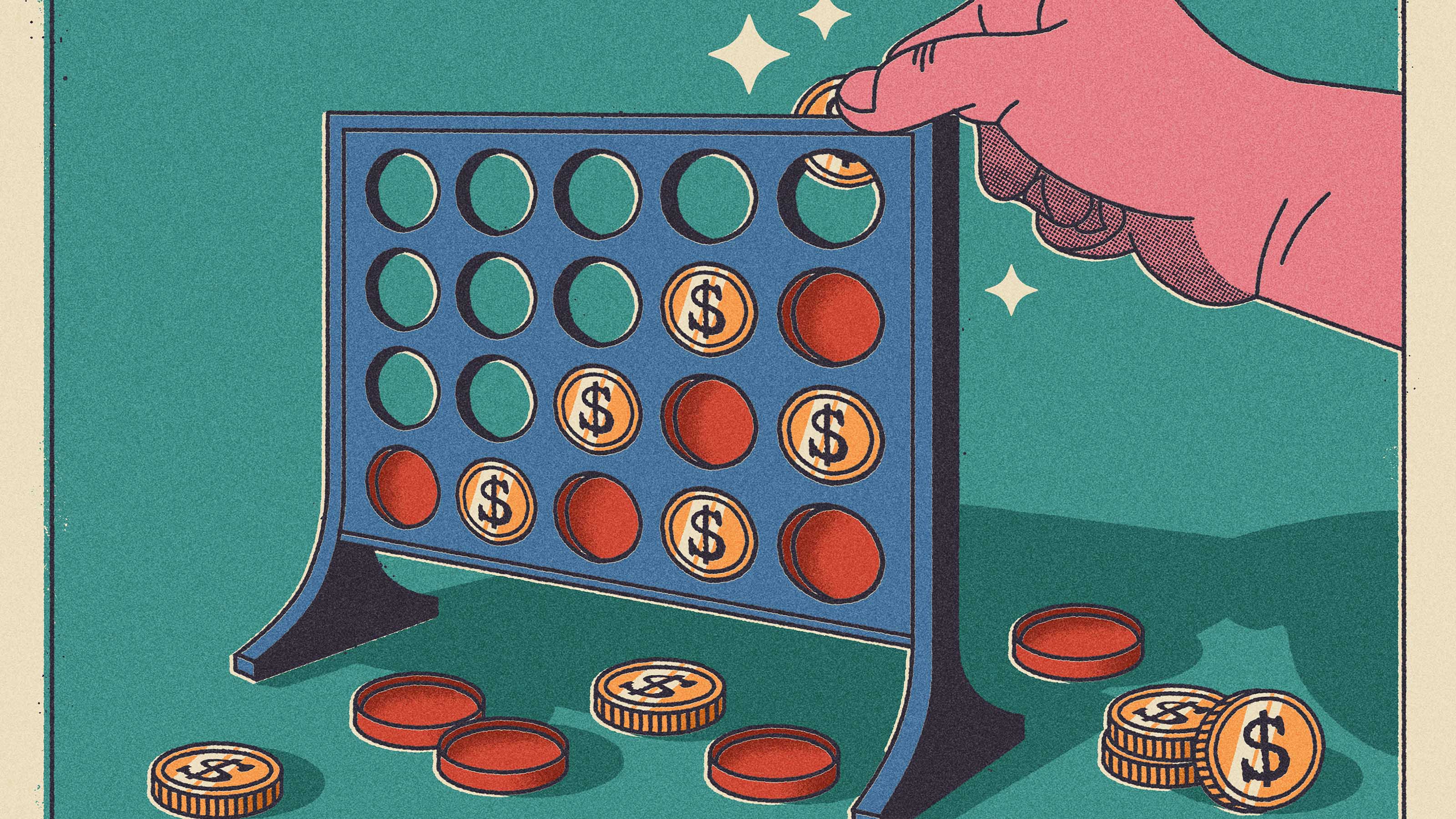Key to Investing Success: Knowing When to Sell Your Stocks
I own several stocks I should have sold, but a stubborn adherence to a buy-and-hold philosophy prevented me from pulling the trigger.

Four years into my experiment to see whether an educated amateur stock picker could beat the market, my Practical Investing portfolio has become an advertisement for index funds. After nearly three years of staying even with, and occasionally outpacing, my benchmark—Vanguard Total Stock Market ETF (symbol VTI)—my stocks slipped in late 2014 and, frankly, stunk in 2015. The portfolio, which was originally worth $200,000 and is now valued at about $280,000, has returned an annualized 8.4% since its launch in October 2011, compared with an average of 14.7% per year for the ETF.
To be sure, these are tough times for value investors (which I consider myself to be). Not long ago, CNN Money led a story like a children’s book to describe Warren Buffett’s recent performance: “Warren and the terrible, horrible, no good, very bad year.” Among Buffett’s top holdings are American Express, International Business Machines and Wal-Mart Stores, all big losers in 2015.
One manager’s redemption. Meanwhile, FPA Crescent, comanaged by Steve Romick, another of my investing heroes, is trailing Standard & Poor’s 500-stock index for the fourth straight year. True, it’s a bit unfair to compare Crescent, a member of the Kiplinger 25, with the S&P 500 because Crescent is not a pure stock fund. Still, Romick strives for stock-like returns and has beaten the market over the course of Crescent’s 22-year existence. His greatest triumph came after Crescent lagged the market badly during the late 1990s, when dot-coms and large-company growth stocks were all the rage. Then came the 2000–02 bear market, and growth and tech stocks cratered. The S&P 500 fell three years in a row, but Crescent made money each year.

Sign up for Kiplinger’s Free E-Newsletters
Profit and prosper with the best of expert advice on investing, taxes, retirement, personal finance and more - straight to your e-mail.
Profit and prosper with the best of expert advice - straight to your e-mail.
I mention this not to imply that my portfolio will rise like a phoenix, as Crescent did. Rather, it’s to suggest that tracking the progress of long-term goals using short-term measures doesn’t make sense. We tend to measure performance over the course of a calendar year. Yet to gauge properly whether a strategy is working, you need to measure results over market cycles—from one peak to the next, with a bear market in between—not “lunar cycles or any other arbitrary metric,” Romick says.
Over the past few years, growth has been in vogue, meaning investors have favored firms that typically command high, sometimes exorbitant, valuations. If I tried to buy those kinds of stocks in pursuit of beating an index over the short run, I might lose sight of my long-term goal of buying high-quality companies at fair prices.
That said, it pays to look at your progress against the market every so often and evaluate what you’re doing right and what you’re doing wrong. Frankly, although I’d like to think I have done some things right, a critical look at my performance reveals a glaring shortcoming: I hate to sell.
Knowing when to sell is as important as knowing what to buy. I own several stocks I should have sold in recent years, but my inherent optimism and a stubborn adherence to a buy-and-hold philosophy prevented me from pulling the trigger. I should have dumped Acacia Research (ACTG) two years ago, when Congress began to scrutinize outfits, such as Acacia, that help businesses protect their patents. When oil prices plunged and it became clear that they would stay low for a long time, I should have sold my energy stocks. When Latin American economies started to slide, I should have let go of Panamanian airline Copa Holdings (CPA). As far as these stocks go, I’m still weighing my options.
Many pros advise investors to review each holding periodically and ask themselves, “Would I buy that stock today?” If the answer is no, it may be time to unload. I’m taking that advice to heart. My investing resolution for 2016 is to be a better seller.
Get Kiplinger Today newsletter — free
Profit and prosper with the best of Kiplinger's advice on investing, taxes, retirement, personal finance and much more. Delivered daily. Enter your email in the box and click Sign Me Up.

-
 Stock Market Today: Stocks Gain on Tech, Auto Tariff Talk
Stock Market Today: Stocks Gain on Tech, Auto Tariff TalkThe Trump administration said late Friday that it will temporarily halt tariffs on some Chinese tech imports.
By Karee Venema Published
-
 Sam's Club Plans Aggressive Expansion: Discover Its New Locations
Sam's Club Plans Aggressive Expansion: Discover Its New LocationsSam's Club expansion plans will open up to 15 new stores each year. Learn where they plan to open in 2025.
By Sean Jackson Published
-
 How to Master Index Investing
How to Master Index InvestingIndex investing allows market participants the ability to build their ideal portfolios using baskets of stocks and bonds. Here's how it works.
By Nellie S. Huang Last updated
-
 16 Low-Cost ETFs to Buy
16 Low-Cost ETFs to BuyExpense ratios for index funds have declined in recent years, making them a cheap investing strategy to consider. Here are 16 low-cost ETFs to consider.
By Kyle Woodley Published
-
 How to Beef Up Your Portfolio Against Inflation
How to Beef Up Your Portfolio Against Inflationinvesting These sectors are better positioned to benefit from rising prices.
By Karee Venema Published
-
 Taxable or Tax-Deferred Account: How to Pick
Taxable or Tax-Deferred Account: How to PickInvesting for Income Use our guide to decide which assets belong in a taxable account and which go into a tax-advantaged account.
By Nellie S. Huang Published
-
 Smart Investing in a Bear Market
Smart Investing in a Bear Marketinvesting Here's how to make the most of today’s dicey market.
By Anne Kates Smith Published
-
 How to Open a Stock Market Account
How to Open a Stock Market Accountinvesting Investing can be fun, but you need a brokerage account to do it. Fortunately, it’s easy to get started.
By Rivan V. Stinson Published
-
 The Right Dividend Stock Fund for You
The Right Dividend Stock Fund for YouBecoming an Investor Dividend stock strategies come in many different flavors. Here's what to look for.
By Adam Shell Published
-
 Alternative Investments for the Rest of Us
Alternative Investments for the Rest of UsFinancial Planning These portfolio diversifiers aren't just for the wealthy.
By Adam Shell Published